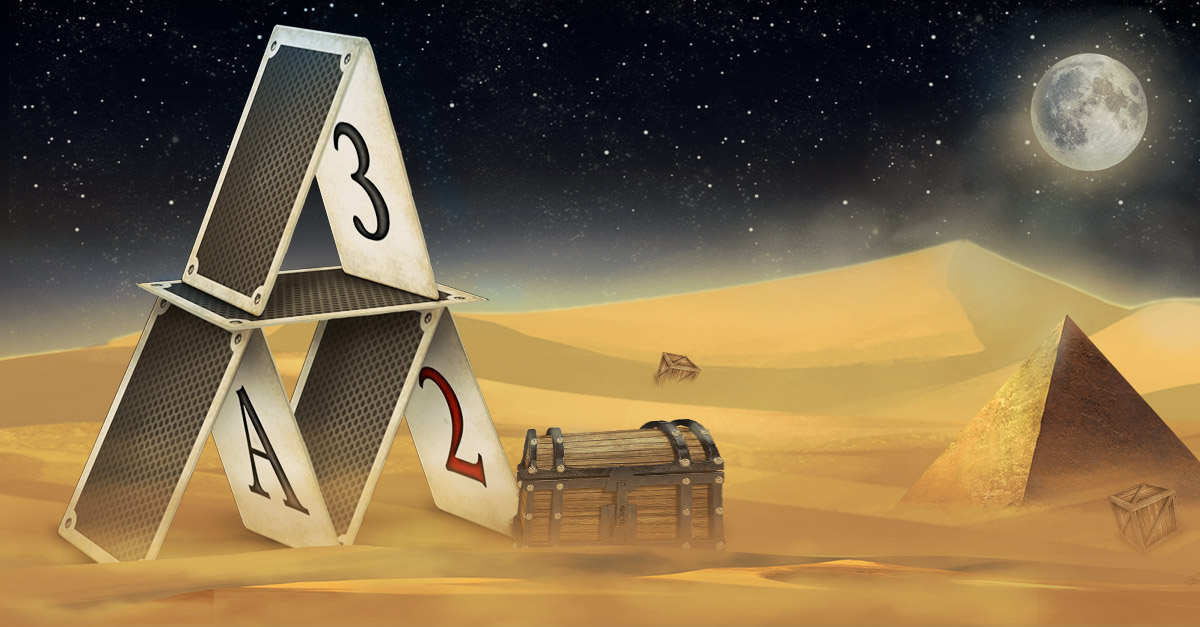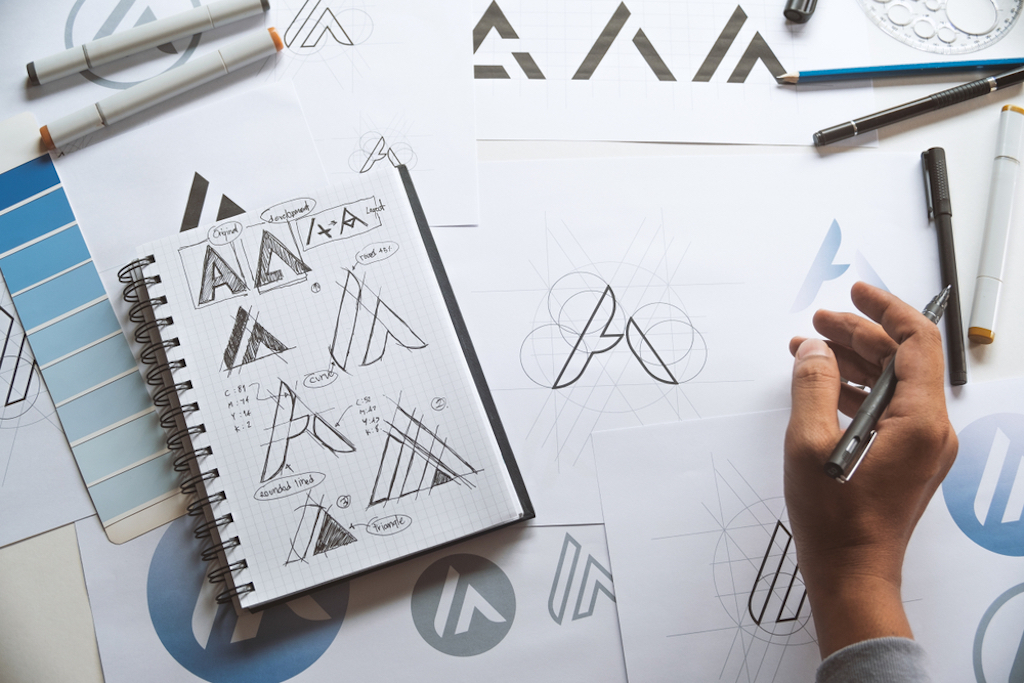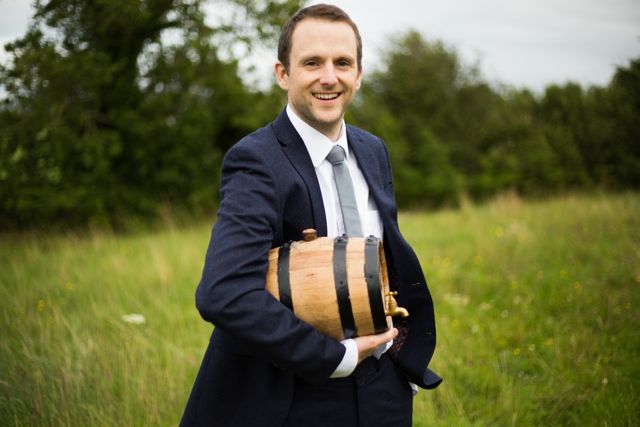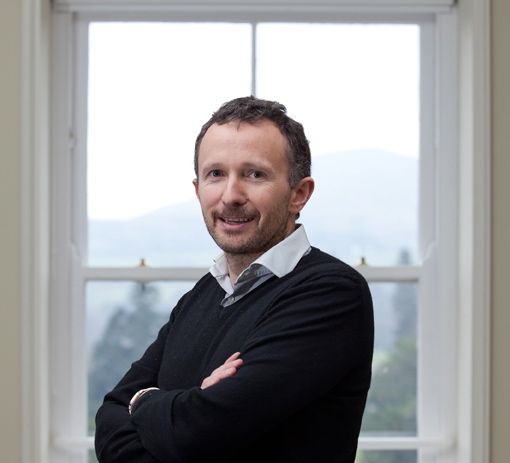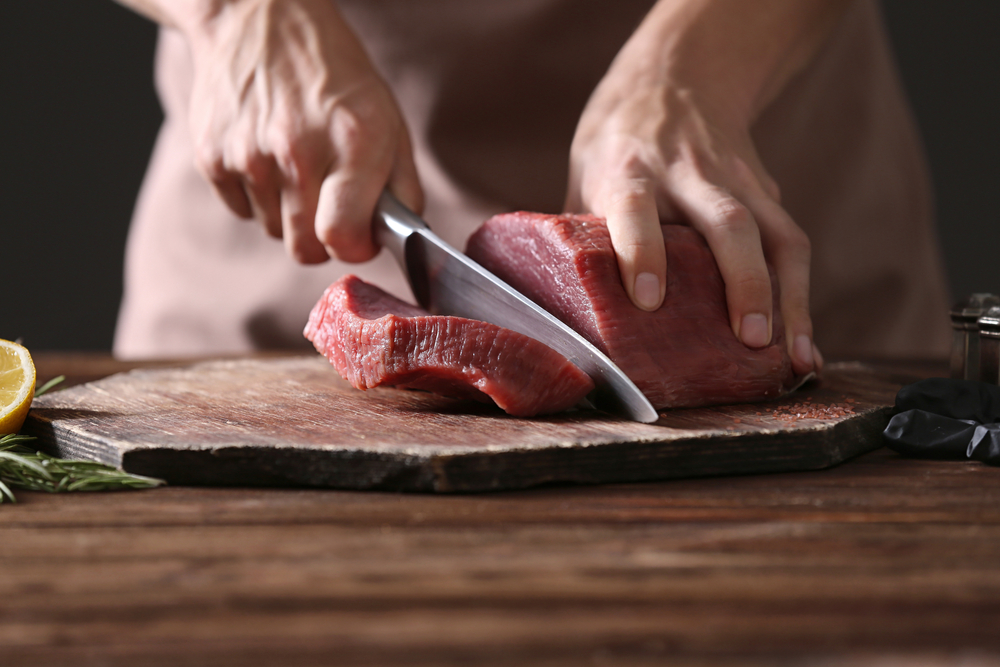Ireland has many great brands that have stood the test of time. But why do brands change? When does it become meaningful for a brand to change? We find out.
Ryanair
Often controversial but always competitive, Ryanair is one of the most polarising Irish names. The airline’s first route was from Waterford to London. Ryanair has since grown into one of the most dominant carriers in the European market with its “no frills” low-cost business model and edgy marketing. These days the company is trying to rebrand itself again with a greater focus on customer service, so who knows what the future holds? Ryanair’s first logo harks back to a simpler time when graphic design wasn’t at its zenith.
Kerrygold
Kerrygold butter was born in 1962 when the Irish Dairy Board chose the name from a list of alternatives which included ‘Leprechaun’ and ‘Tub-o-Gold’. Thank goodness for that. The logo has evolved slowly over the years, with the most recent incarnation appearing in 2010.
MiWadi
Another brand that should be familiar to Irish households, MiWadi takes its unusual name from the first two letters of the words Mineral Water Distributors – the company that originally produced the drink way back in 1927. In the intervening years, MiWadi has been a staple of Irish society through ‘The Emergency’ right up to the modern day. The brand’s logos effectively serve as curious time capsules that give us glimpses of times gone by.
Murphy’s Irish Stout
Founded in 1856 in Cork, Murphy’s Stout was the traditional southern alternative to Guinness, its great Dublin rival. In 1983, Heineken decided to take the rivalry international when it purchased the brewery, and the modern Murphy’s logo and branding were born.
Tayto
Tayto is more than a crisp; in Ireland, it’s a cultural phenomenon. How many confectionery brands in the world have inspired a book (‘The Man Inside the Jacket’), or their very own theme park? Meanwhile, abroad, many in the Irish diaspora claim to miss Tayto more than their family members. It all started in 1954 when Joe “Spud” Murphy set up a company off Moore St. with a budget of £500. Since then, Tayto has gone from selling 347 packs a day to 525 packs a minute.
Batchelors Beans
Remember Beany and Barny? Anyone who grew up on a diet of beans on toast in Ireland anytime from the 70s to the 90s should be familiar with the cartoon, tuxedo-clad gentlemen synonymous with the Bathcelors Beans brand. The pair sadly disappeared for a while, and the company’s marketers decided to move in a different direction, like the time Georgia Salpa bafflingly launched the 2012 Batchelor’s Farmer of the Year. We’re relieved to say the pair made a comeback in 2014, and we hope are here to stay.
Eircom
Most people are probably aware that Eircom has changed its name to Eir – at least, the company should hope so, after its €16m rebrand. Indeed, the rebrand was hailed as the country’s biggest of its kind in 20 years. However, you may not be aware how many incarnations the telephone provider has had over the years.
Initially, telephone services in this country were provided by the Department of Posts and Telegraphs, until Telecom Éireann was set up in 1983. State ownership continued until 1999 when the company was rebranded Eircom and floated on the Irish and New York Stock Exchanges. In 2001, Eircom sold off its mobile wing, Eircell (formerly a part of Telecom Éireann) to Vodafone, before acquiring Meteor in 2005.
Finally, in 2015, it dropped the ‘com’ and adopted a red squiggle as its new brand logo, which some critics have described as looking like either an old curly phone cord or a tapeworm. €16m well spent? Decide for yourself.
HB Ice Cream
Every good brand should mix up its product offering now and then, and this has certainly been the case with Ireland’s most iconic ice cream maker, HB. Taking its name from the initials of its founder William Hughes, the company has offered a wide variety of ice creams since its foundation in 1926. In 1979, you could pick up the now forgotten Butterscotch ice-cream for 15p and in 1983 you could pick up something called a Chilly Willy. Some ice creams like the Solero, introduced in 1997, are still with us while 1988’s pencil shaped pop ‘The Scribbler’ just didn’t catch on.
Yoplait
A brand that should be familiar to anyone who ever took a packed lunch to school in Ireland. Yoplait came into being in 1965 when two French co-ops merged. The original Yoplait logo featured a six-petaled flower, representing the six founders of the first co-operatives. Since the 2000s the company has rolled out a new five-petal design, though we’re not sure which of the original founders got the chop. As you can see, the brand imagery hasn’t changed dramatically in 50 years.
Lyons Tea
No list of Irish homestead names would be complete without adding tea bags to the mix. Starting out in 1902 in Dublin, marketing has been a big part of Lyons Tea’s strategy throughout its history. It was a prominent advertiser in the early days of RTÉ, and over the years became known for its coupon based prizes, car giveaways and Lyons Tea jingle. Changing to round tea bags in the late 70s proved to be a smart move by the company, giving it 65% of the tea market in Ireland.
Why do brands change over time and when does it become meaningful for a company to amend its brand?
“Brands evolve for a number of reasons,” says Gary Joyce, managing partner of Genesis, an agency specialising in brand strategy and development.
“The dynamics of the market can change e.g. new regulations (alcohol restrictions, energy or telecoms deregulation) or new competitive forces (e.g. new market entrants, pricing pressures, or health concerns).
Joyce says brands also change because what the consumer wants changes, whether they be functional needs, like health and convenience, or emotional needs like when a brand becomes associated with older people and is no longer relevant to the needs of a large enough market.
“It can become meaningful to change a brand when the market shifts and your brand is less relevant to consumers,” says Joyce, “when the customer needs change, and your brand is out of kilter with those needs.”
It’s important to change brands when “the current brand positioning (where the brand sits in the consumer’s mind) no longer works; when the brand innovates and extends to appeal to new customers or new markets; or when a competitor encroaches on a brand’s territory,” says Joyce.
Are you building a brand or changing a brand?
Are you thinking of changing your company’s brand identity shortly? Will you seek professionals advice? How much are you willing to spend?
“Too many companies want their brands to reflect some idealised, full image of themselves. As a consequence, their brands acquire no texture, no character and no public trust,” suggests Richard Branson, the founder of Virgin.
This is possibly true, and many great brand and design experts agree. For the late Steve Jobs, the Apple brand and design was all about utility. “Design is not just what it looks like and feels like. The design is how it works,” he said.
Your brand is a vital part of your company’s potential, and the successful future of your business, it’s important to get it right.











